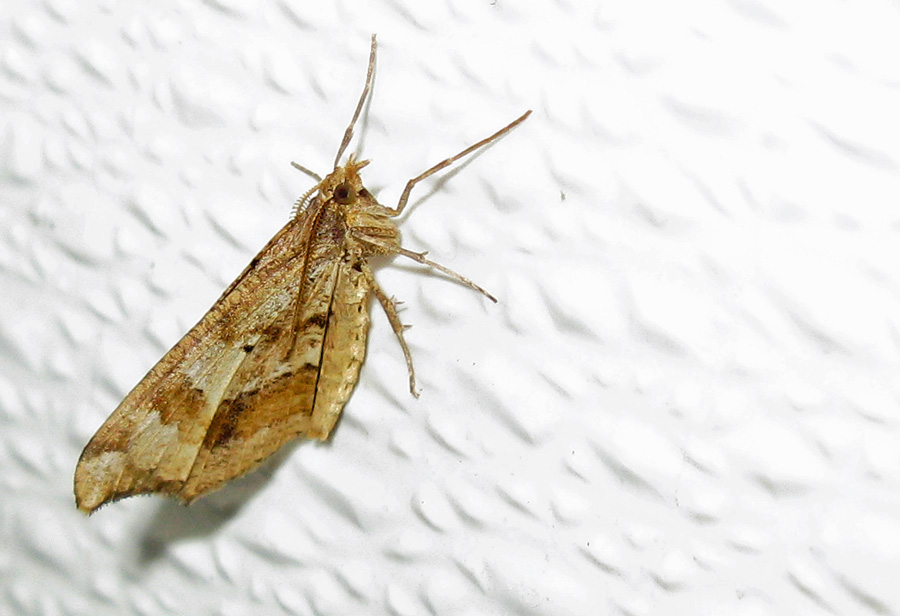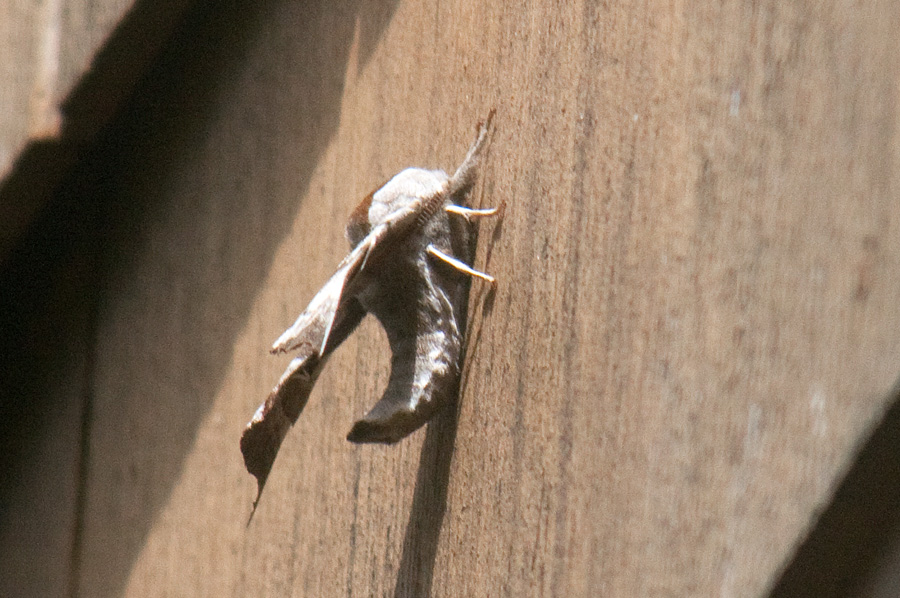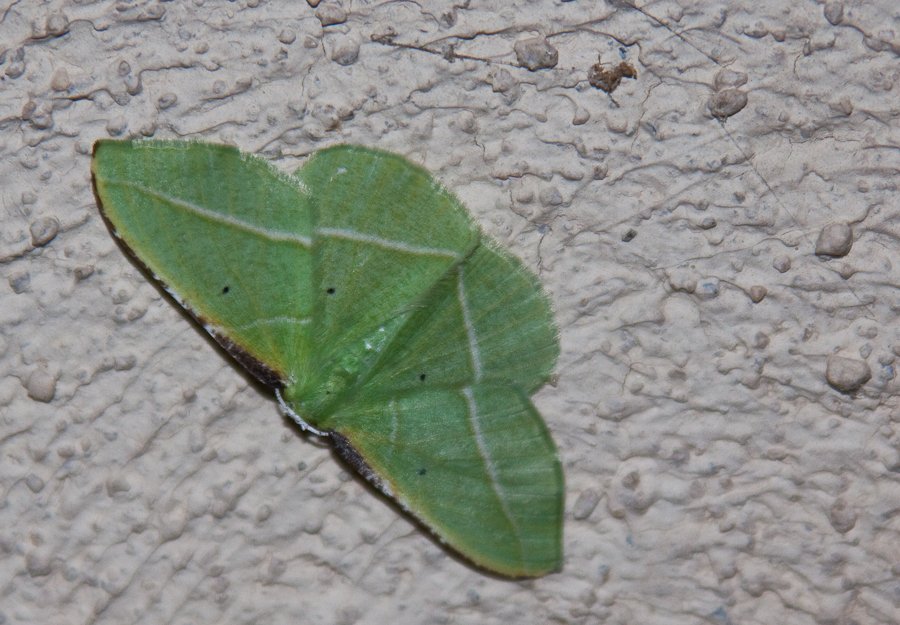Brokenbacked Bug
Sunday, May 31st, 2009 |
| From Nix Nature Center, Laguna Coast Wilderness Park, 2009-05-24 |
Brokenbacked Bug (Taylorilygus apicalis) on California Bush Sunflower
 |
| From Nix Nature Center, Laguna Coast Wilderness Park, 2009-05-24 |
Brokenbacked Bug (Taylorilygus apicalis) on California Bush Sunflower
But still the best shot I’ve managed with the new DSLR setup so I thought it was worth posting. Setting the aperture to f/8.0 and using a flash helps a lot.

The advantage to shooting honeybees is that they’re common, easy-to-find, and not especially nervous around people or cameras. In fact, in most locations they seem to easily outnumber all other bees combined. In the Americas and Australia, they are an introduced species that weren’t present at all until a few hundred years ago. Possibly they have displaced native bees and pollinators, though the evidence is unclear. (Alien Species in North America and Hawaii, George W. Cox, p. 48.) If they did, it likely happened several hundred years ago, before most folks noticed and now they just seem like a native part of the fauna. Possibly reduction of honeybee populations in non-agricultural areas might have a cascading effect on many non-native plant species that depend on honeybees for pollination.
I skipped Moth Monday last week because, although I had a couple of good new moths, no one had ID’d them yet. A week later and they still haven’t been ID’d though, so maybe it’s time to post one here and see what folks think. This is from Mountain View Shoreline in Santa Clara County, just off the salt ponds, about 6:00 A.M.:

One thing I like about moth photos is that even when a moth is very nondescript in nature, something the eye just passes over, look closer with the camera and it’s quite stunning. There are many little brown moths that we usually ignore but they’re worth a closer look.
Moth Monday time again. This next moth is gorgeous and showy but has a really annoying habit of showing up on the shady side of buildings behind fences completely out of reach of my lens/flash combo Unless I set the ISO way too high. :-(

Smerinthus cerisyi – One-eyed Sphinx – Hodges#7822
Santiago Oaks Regional Park, 2009-04-11
(more…)
You may have noticed that most of the moths I post here range in color from gray to brown so you’d think a pure green moth would be fairly easy to identify, but it turns out there are quite a few of these. Tentatively this has been identified as Dichorda illustraria – Hodges # 7055:

Santiago Oaks, 2009-04-05
(more…)